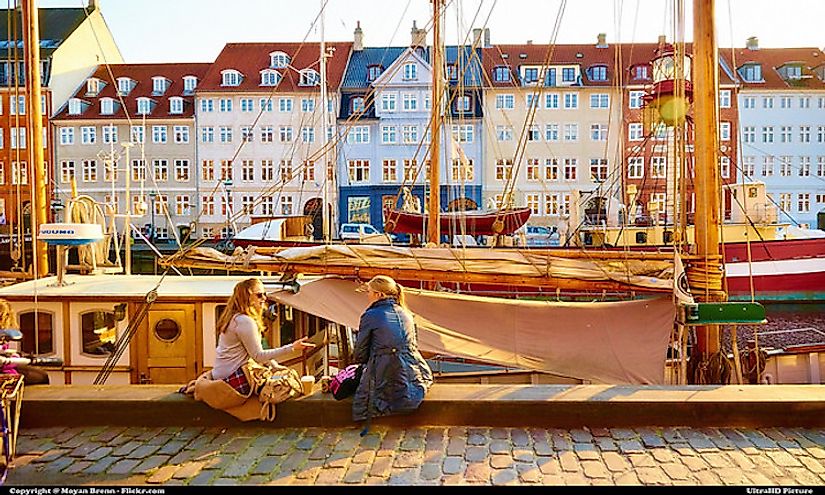What Is A Welfare State?

What Is A Welfare State?
Every elected or appointed government has the responsibility of protecting its citizens from economic and social injustices and preserving their dignity. All of the government projects and policies should aim at improving the quality of life and providing an environment for growth and development. Sanctions have been imposed on countries such as Syria, Burma, Iran, and Cuba for violating human rights including interfering with the welfare of their citizens. However, in some countries, the government plays an extensive role in the provision of social and economic benefits and protection of their rights and privileges. Countries which promote the welfare of their citizens are referred to as the Welfare States.
Modern Welfare State
The Welfare state is based on the principle of equal opportunity, equitable distribution of resources, and public participation for all. It involves the utilization of funds from the government or state to the service provided including education, healthcare, and pension plan. The funds are derived from taxation of large income tax to reduce the income disparities in the country. The modern welfare state includes democracy, welfare, and capitalism. The modern welfare state nations include Nordic Countries (Norway, Denmark, Iceland, Sweden, and Finland), Germany, France, and Netherlands. The developed welfare states are divided into three groups; Liberal, Social Democratic, and Conservatives.
History Of The Welfare State
The welfare concept was introduced in the early Islamic law as one of the five pillars of Islam in the 7th century. It was a form of charity (Zakat) with the tax collected by the Islamic government used in providing income for the needy. The government also stocked piles of food in every region for emergencies and supplies during a disaster. In European states, the provision of welfare state was first enacted by the Conservatives in the 19th century and the fascists in the 20th century to stop the workers’ strikes and socialism. Britain’s welfare state was started by the Liberal party as a direct influence on the success of the German’s top-down social reforms under Bismarck. The French welfare state began in the 1930s during social political ascendency and the Popular Front reforms.
Evolution Of Welfare State
The early welfare state focused on poverty relief as form of social welfare. They were founded on state provision with the government providing all the basic needs for the needy. However, by 1930s the welfare state had expanded to include democracy, welfare, and capitalism arguing that citizenship must include access to socio-political and civil rights. Consequently, the term welfare state is used to refer to countries where social rights are accompanied by both civil and political rights. Worldwide Great Depression which brought about social suffering including unemployment to thousands of people was very instrumental in the establishment of a welfare state in most countries. The activities of the modern welfare state include the provision of cash benefits and in-kind services.
Criticism Of Welfare State
The early conservatives argued that the welfare state made the poor richer and more fertile causing the farm sizes to drop and labor productivity to also fall. Social insurance was seen as pointless and counterproductive with its effects likely to weaken the private charity. The welfare state is considered a heavier tax burden on the wealthier citizens who are the minority in any country. Some opponents of the welfare state like Malthus have argued that poor should be left to learn the hard way to develop an attitude of hard work.











